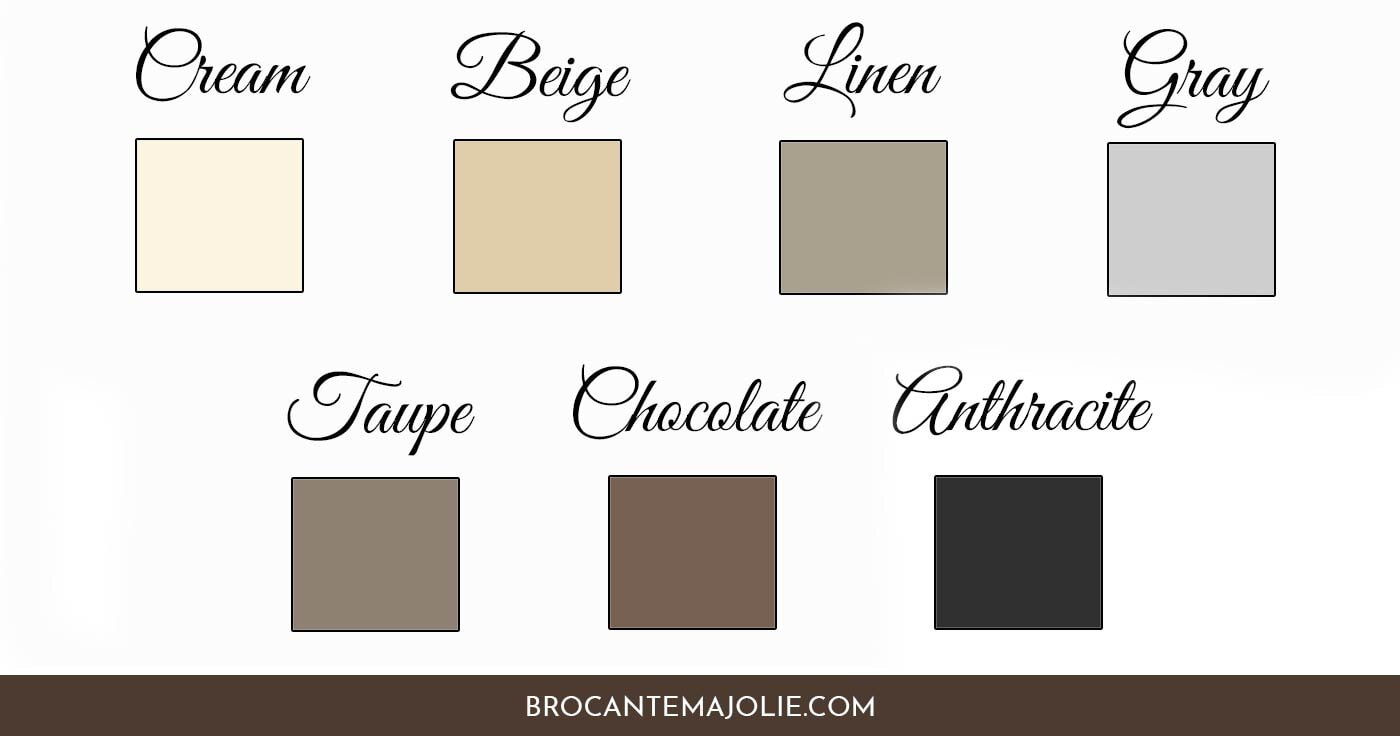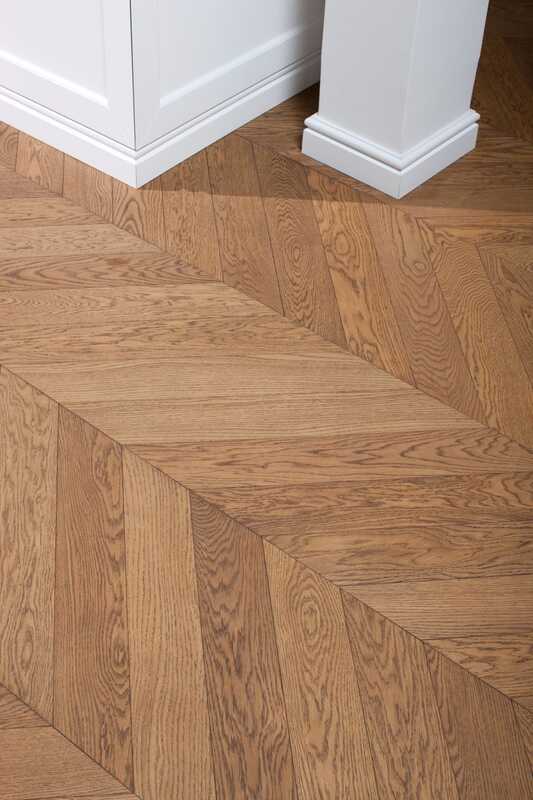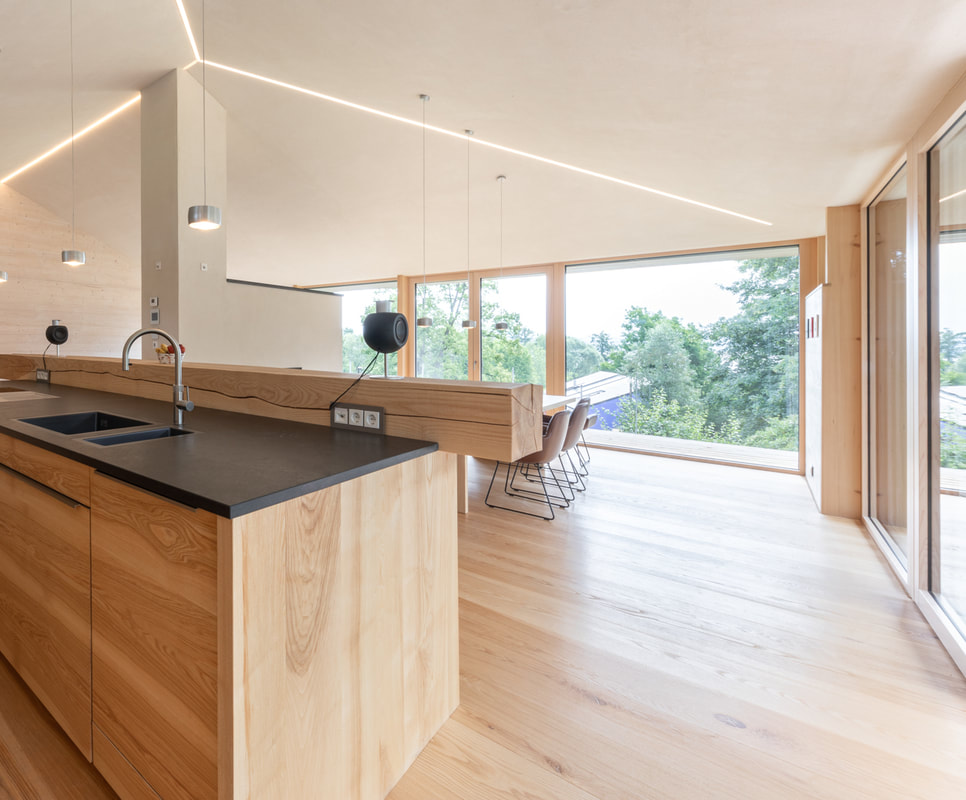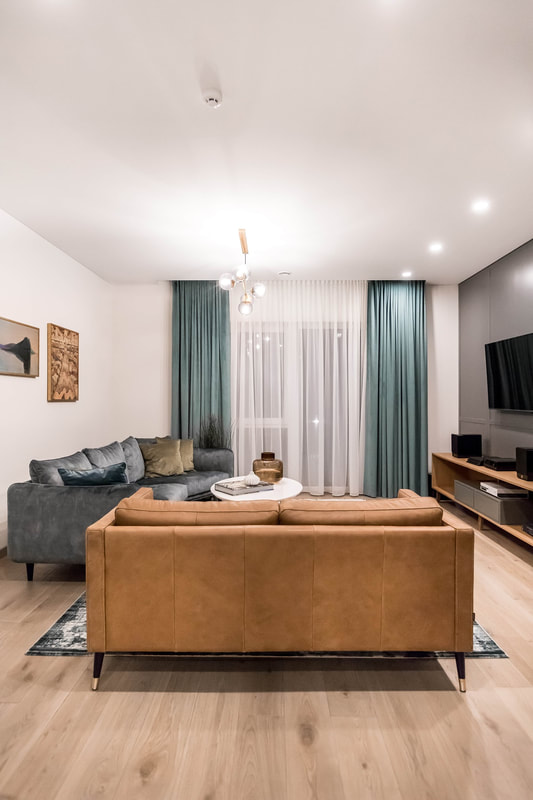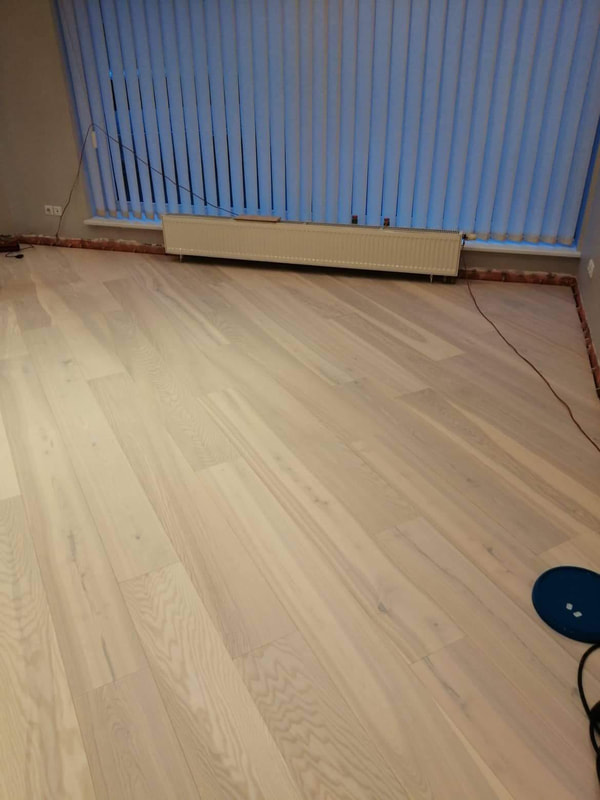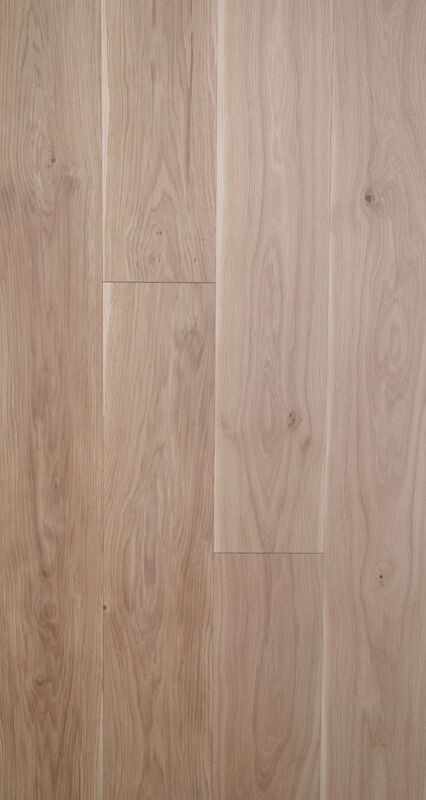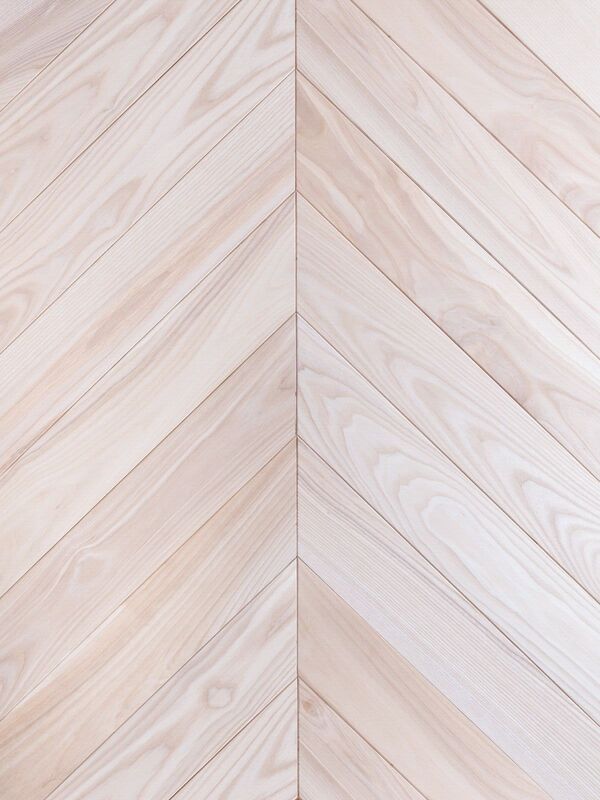|
French interior design, known for its elegance, sophistication, and a deep sense of history, has been a guiding light in the world of decor for centuries. The French have a unique knack for blending classic artistry with contemporary sensibilities, resulting in spaces that are timeless, comfortable, and invariably chic. Historical Evolution of French Interiors The evolution of French interior design is a journey through history. From the ornate grandeur of the Baroque period, characterized by its elaborate detail and luxurious materials, to the more restrained and geometric lines of the Neoclassical style, French design has always been at the forefront of the decorative arts. Each era, whether Rococo, Empire, or Art Nouveau, has contributed its unique aesthetics and philosophies to the tapestry of French design. Key Elements of French Interior Design Central to French interior design are several key elements: Colour Palette: French interiors are known for their sophisticated colour schemes. Soft pastels, creamy whites, and muted earth tones provide a backdrop of understated elegance, often complemented by bolder accents. Furniture Styles: From the opulent, gilded furniture of the Louis XV period to the more linear and understated pieces of the Directories era, French furniture is about balance and proportion. Antiques are often mixed with modern pieces for a layered, eclectic look. Decorative Details: Architectural elements like ornate mouldings, ceiling medallions, and herringbone wood floors are staples. Fabrics and textiles are luxurious yet comfortable, with toile, chintz, and velvet making frequent appearances. The Importance of Wood Flooring in French Interiors Wood flooring plays a pivotal role in French interior design. It's not just a functional element; it's a key aesthetic component. Historical Context of Wood Flooring: Wood flooring in France dates back centuries, seen as a symbol of luxury and refinement. Grand chateaus and Parisian apartments alike boasted intricate wood floors, many of which still exist today. Types of French Wood Flooring: The range includes wide-plank oak floors typical of rustic country homes and the more sophisticated point de Hongrie and chevron parquet patterns found in elegant urban residences. The Role of Parquet Flooring: Parquet flooring, in particular, holds a special place in French design. This intricately patterned wood flooring, comprising small, geometrically arranged wooden pieces, is a hallmark of French craftsmanship and elegance. It's both a nod to history and a statement of timeless style. Modern Interpretations of French Interiors
Today, French interior design embraces its rich history while adapting to modern living. Contemporary French interiors might feature the clean lines and muted colour palettes of modern design but always with a touch of old-world charm—be it an antique mirror, a vintage chandelier, or, of course, classic wood flooring. Incorporating French Design in Contemporary Spaces Bringing French design into a modern space involves balancing old and new. It's about honouring the craftsmanship and history of traditional French elements while adapting them to contemporary lifestyles. Key ways to achieve this include mixing antique and modern furniture, incorporating classic French architectural elements in a modern context, and using wood flooring to add warmth and character. Conclusion French interior design, with its rich history, elegant aesthetics, and emphasis on balance and harmony, continues to inspire. Whether through the timeless beauty of parquet flooring, the understated elegance of its colour palette, or the blend of antique and modern furnishings, French design principles offer a roadmap for creating spaces that are both beautiful and lovable. As a celebration of artistry and an homage to history, French interiors remind us that true style transcends time.
0 Comments
In the realm of interior design, the conscious choice of materials plays a pivotal role in shaping not only the aesthetic appeal but also the environmental footprint of a space. Among the plethora of options available, ash wood emerges as a beacon of sustainability and elegance. This article delves into the transformative power of ash wood flooring in creating interiors that are not only visually stunning but also ethically grounded. 1. The Rising Appeal of Ash Wood In recent years, ash wood has gained prominence in the sustainable flooring market. Known for its robustness and versatility, ash wood offers a unique combination of durability and aesthetic versatility. This light-coloured wood is characterized by its straight grain and varying shades, ranging from creamy white to light brown. This natural palette makes ash wood flooring a perfect fit for a variety of interior styles, from minimalist modern to rustic chic. 2. Sustainability at its Core The choice of ash wood is a nod to environmental responsibility. Ash trees are abundant in many parts of the world, making them a more sustainable choice compared to rarer or endangered wood species. Moreover, ash wood is often sourced from managed forests where trees are replanted, ensuring a continuous cycle of growth and harvest that supports ecological balance. 3. Durability and Longevity One of the most compelling reasons to choose ash wood for flooring is its inherent durability. Ash is a hard, dense wood that can withstand the rigors of daily use, making it an ideal choice for high-traffic areas. This longevity means that ash wood floors can last for decades with proper care, reducing the need for frequent replacements and thereby minimizing environmental impact. 4. Aesthetic Versatility Ash wood's natural beauty is unparalleled. Its light colour and subtle grain patterns provide a neutral canvas that complements a wide range of interior decors. Whether you are aiming for a bright, airy ambiance or a warm, inviting atmosphere, ash wood flooring can be the perfect backdrop. Its ability to reflect light enhances the sense of space in a room, making it an excellent choice for both small and large spaces. 5. Health and Indoor Air Quality In our quest for sustainable living, indoor air quality is a paramount concern. Ash wood flooring contributes positively in this regard. Being a natural material, it does not emit harmful VOCs (Volatile Organic Compounds) like some synthetic flooring options. This makes ash wood a healthier choice, especially for homes with children or individuals with allergies. 6. Easy Maintenance and Cleanliness Another advantage of ash wood flooring is its ease of maintenance. Unlike carpeting that can harbour allergens and dust, wood floors are simple to clean and maintain. Regular sweeping and occasional mopping are sufficient to keep ash wood floors looking pristine. This aspect aligns with the modern ethos of 'less is more', where ease of care is as important as aesthetic appeal. 7. Thermal Properties and Energy Efficiency Ash wood flooring also contributes to the energy efficiency of a home. Wood is a natural insulator, helping to keep spaces warmer in winter and cooler in summer. This can lead to reduced reliance on heating and cooling systems, lowering energy consumption and contributing to a smaller carbon footprint. 8. Customization and Personalization
The versatility of ash wood extends to its ability to be customized. Whether you prefer a matte finish or a high gloss, the look of your ash wood floor can be tailored to your personal style. Additionally, ash wood can be stained to alter its colour, offering even greater flexibility in design. 9. The Ethical Choice Choosing ash wood flooring is also an ethical decision. By opting for a sustainable material, you contribute to the conservation of rarer wood species and support responsible forestry practices. This choice reflects a commitment to preserving our planet for future generations. 10. Conclusion: A Step Towards a Sustainable Future Incorporating ash wood flooring into interior design is more than a trend; it's a statement of values. It reflects a desire to create spaces that are not only aesthetically pleasing but also environmentally responsible. Ash wood's combination of durability, beauty, and sustainability makes it an ideal choice for those seeking to create a truly clean and sustainable interior. As we continue to navigate the challenges of our times, choices like these will define the future of design and the health of our planet. Embracing ash wood flooring is a step towards a more sustainable, more beautiful world. When it comes to choosing wood flooring for your commercial interior, the options are abundant, with varying widths and lengths available in the market. The choice between narrower wood flooring planks and wider, longer ones is more than just a matter of personal preference. It has a significant impact on the visual aesthetics and functionality of your space. In this article, we will explore the pros and cons of both options and provide insights into where to use them to achieve the desired interior design effect in commercial spaces. Narrow Wood Flooring Planks: Narrow wood flooring planks, typically ranging from 2 to 4 inches in width, offer a traditional and classic look to commercial interiors. Here are some key considerations when opting for narrow planks:
Where to Use Narrow Wood Flooring Planks:
Wide and Long Wood Flooring Planks: Wide and long wood flooring planks, often exceeding 6 inches in width, and spanning generous lengths, have gained popularity for a more modern and contemporary aesthetic. Here are the advantages of choosing wider planks:
Where to Use Wide and Long Wood Flooring Planks:
The choice between narrow wood flooring planks and wide and long ones depends on the specific goals of your commercial interior design project. Narrow planks bring a sense of tradition and elegance, visually expanding smaller spaces. On the other hand, wide and long planks offer a contemporary feel, making larger spaces appear more inviting and sophisticated. Ultimately, the key lies in aligning your flooring choice with your brand image, the ambiance you wish to create, and the functionality of the space. By carefully considering these factors, you can achieve a harmonious and visually appealing commercial interior that resonates with your target audience.
For anyone investing in beautiful hardwood floors, longevity is always going to be an important consideration. Trampling feet, playing children, or excitable pets can all put wooden surfaces to the test! This means that the right floor must marry gorgeous aesthetics with ultimate durability if it is to make the cut. Happily, resilient solid or engineered wood flooring and durable parquet wood flooring are readily available to today's consumers. Here, we will outline what to look for when selecting a dream hardwood floor that will truly be built to last. How Is the Durability of Wood for Flooring Measured? Understanding the toughness of wood types can get a little confusing—especially when we think of the terms “softwood” and “hardwood”. In reality, some softwoods can be very hard, and some hardwoods can be very soft! The true meaning of these terms actually has nothing to do with durability, but instead the type of tree species. Softwoods are cone bearing trees—like pine or cedar—and hardwoods come from deciduous trees. When we want to understand how robust different wood species are, we only need look to the Janka Harndess Scale for answers. The Janka Scale serves as a universal guide for measuring how well wood can resist wear and tear. Each type of wood is ranked through a test, which involves measuring the force required to embed a 11.28mm steel ball into the wood's surface to a depth of half its diameter. The resulting score gives us a great idea of how stunning board or parquet wood flooring made from that particular species will perform over time. Although, there are other factors to consider too, such as the moisture or temperature resistance needs of the interior in question. Durable Oak Wood Flooring: The Industry StandardWhile some exotic woods offer astronomical hardness on the Janka Scale—such as Teak or Brazilian Cherry—these types of wood tend to come with a similarly elevated price tag! Thankfully, oak is a far more accessible species, and its hardiness rating of around 1300 on the Janka Scale means that it is plenty tough enough for the creation of wonderfully durable engineered wood flooring, solid wood flooring, or parquet wood floors. When we consider that some of the most revered and ancient hardwood floors in the UK, and indeed the world, are made from oak, it becomes easy to see why this tree is so prized for use within spectacular interiors. Ash Keeps Oak Company on the Janka Scale Keeping oak company on the Janka Scale—with a score of 1320—we find ash wood. Also native to the European continent and the UK, European Ash wood flooring provides a wonderful spectrum of properties. These include being both resilient and fast growing, and tolerant to coppicing—making it an environmentally friendly choice too. Alongside its toughness, ash wood is also flexible and shock resistant. This makes it an optimal choice for both durable engineered ash wood flooring or solid ash wood flooring, parquetry, and indeed just about any kind of woodworking! For Durability and Resistance: Solid or Engineered Wood Flooring?
Many imagine that solid wood flooring is the only choice to make when seeking longevity. However, the truth is a little more nuanced. Because each board within a solid wood flooring is made of a single piece of timber, these types of floors can withstand near unlimited sanding and refinishing. That said, a high quality engineered wood flooring topped with a generous layer of aesthetic and resilient hardwood will withstand refinishing one or two times if necessary. Of course, when a suitable hardwood is chosen such as oak or ash, and diligence is applied, the need for this type of refinishing should be a rare occurrence indeed! Balancing that equation, quality engineered wood flooring can offer some additional rewards that may lead some to consider it favourably. Because of the multi-directional construction of durable engineered wood flooring, it can be far more resistant to temperature fluctuations and moisture. This makes it a good choice for kitchens, basement rooms, and for pairing with underfloor heating. Seeking Guidance on the Perfect Wood Flooring for Your Needs If you are left wondering if durable oak wood flooring is the perfect choice for your envisioned interior, or if you could use a little advice on how to navigate the ins and outs of parquetry, the expert team here at Hoff Parquet are always happy to provide guidance. Not only can we help you pin-point the wood species and finish that will meet your vision for both beauty and resilience, but we can also advise on the best wood flooring solutions to pair with the unique characteristics of the space at hand. Discover durable parquet wood flooring solutions, contemporary wide planks and creative finishes that are all ready to stand up to the tumble of every day life. Allow us to realise the resistant and resplendent floor you imagine! Today, we embark on a journey through the enchanting world of French Oak, exploring its distinctive qualities and comparing it with Baltic and American Oak. Discover why French Oak has become the epitome of sophistication and durability, making it the premier choice for discerning homeowners and interior designers. French Oak vs. Baltic Oak: 1. Growth Regions:
2. Appearance:
3. Durability:
French Oak vs. American Oak: 1. Growth Regions:
2. Appearance:
3. Popular Choice for Flooring: French Oak stands out as the preferred choice for flooring due to:
In conclusion, as we navigate the world of premium wood flooring, French Oak emerges as the quintessential choice, embodying a harmonious blend of aesthetics, durability, and versatility. Choosing French Oak from Hoff Parquet not only elevateHomes the foundation of your space but also signifies a commitment to enduring quality and timeless sophistication. Explore our exquisite collection to bring the allure of French Oak into your home, creating a haven of elegance and refinement that stands the test of time.
At Hoff Parquet, we understand that the beauty of wood flooring lies not only in the quality of the materials but also in the meticulous details of the installation process. One crucial aspect that demands attention is finishing the flooring around the edges, and we are here to guide you through the various options available to achieve a flawless result. Fitting Skirting Boards: Skirting boards serve both functional and aesthetic purposes, providing a seamless transition between the floor and the wall while protecting the lower part of the wall from scuffs and damage. When fitting skirting boards with your wood flooring, it's essential to ensure a snug fit. Start by carefully measuring and cutting the boards at a 45-degree angle for neat corners. Use an adhesive designed for wood to secure the skirting boards in place, ensuring a stable and lasting bond. Small Beading for a Refined Look: For a refined finish, consider using small beading to conceal the expansion gap between the flooring and the wall. Choose a beading that complements the wood species and finish of your flooring for a cohesive appearance. This subtle addition adds a touch of elegance while maintaining a clean and polished look. Cork Insertion for Noise Reduction and Flexibility: Cork insertion is an excellent option for enhancing both the acoustics and flexibility of your wood flooring or parquet flooring. Inserting a thin strip of cork between the flooring and the skirting board helps absorb sound, reducing the impact of footsteps and minimizing noise transmission. Additionally, cork provides flexibility, accommodating the natural expansion and contraction of wood due to changes in humidity. Borders for a Distinctive Touch: Introduce character to your space by incorporating borders into your Herringbone Or Chevron Parquet or Wood Flooring design. Borders can be created using contrasting wood species, stains, or patterns, adding a unique touch that sets your flooring apart. Whether opting for a simple border or a more intricate design, careful craftsmanship is key to achieving a seamless integration with the main flooring. Shadow Gap for a Contemporary Finish: In modern luxury homes with straight, plastered walls, the shadow gap is a popular choice. This minimalist approach creates a subtle gap between the floor and the wall, adding depth and a contemporary touch to the space. Precision is paramount in achieving the desired effect, and our team of experts at Hoff Parquet ensures meticulous installation for a flawless result At Hoff Parquet, we are dedicated to providing not only exceptional wood flooring products but also expert guidance to bring your vision to life. Whether you prefer the classic elegance of skirting boards, the refined look of small beading, the practicality of cork insertion, the distinctive touch of borders, or the contemporary appeal of a shadow gap, we have the expertise to make it happen.
Contact our flooring showroom in Edinburgh today to explore our exquisite range of parquet and wood flooring options and discover how we can elevate the aesthetic and functionality of your space. Hoff Parquet – Where Quality Meets Craftsmanship. Choosing the right wide plank wood flooring for your project is a pivotal decision that can significantly impact the overall aesthetic and functionality of your space. In this extensive guide, we'll delve into the technical and visual aspects of selecting wood flooring, comparing popular options like Oak Wood, Ash Wood, and Walnut Wood. Additionally, we'll explore considerations such as wood grades, colors, and regional influences, helping you make an informed decision that aligns with your unique preferences and project requirements. Technical Considerations
Bellow 3 natural grade different wood examples (Oak, Ash, Walnut) Visual Considerations
Pros and Cons
Selecting wide plank wood flooring involves a careful balance between technical considerations and visual preferences. Whether you choose the timeless beauty of Oak, the understated elegance of Ash, or the luxurious allure of Walnut, understanding the technical aspects, regional influences, and visual impact is crucial. Consider the unique features of each wood species, the grades that match your desired aesthetic, and how these choices align with the specific requirements of your space. By integrating both technical and visual considerations, you can confidently choose wide plank wood flooring that not only enhances the aesthetics of your project but also stands the test of time in terms of durability and functionality. The decision to invest in wide plank flooring is an opportunity to create a lasting and impactful design element in your space, adding a touch of sophistication and personality to every room. As you embark on this exciting journey of selecting wide plank wood flooring, may your choices reflect your unique style and contribute to the creation of a space that is not only visually stunning but also a true reflection of your taste and personality. Your home's hallway is more than just a passageway; it's the first impression guests have of your interior space. Elevating this transitional area can set the tone for the entire home. At Hoff Parquet, we understand the importance of creating a luxurious and inviting atmosphere, regardless of the size of your hallway. In this blog post, we'll explore design strategies for both large, spacious hallways and smaller, more intimate spaces. Additionally, we'll delve into unique flooring ideas, such as chevron parquet flooring and herringbone parquet, to add an extra layer of sophistication. Designing Large and Spacious Hallways:
Designing Small and Intimate Hallways:
Transforming your hallway into a luxurious and inviting space is a rewarding endeavor that requires thoughtful design choices. Whether you're working with a vast expanse or a compact area, the key is to marry functionality with elegance. Explore the possibilities of chevron and herringbone parquet flooring to add a touch of timeless beauty to your home. At Hoff Parquet, we are committed to helping you create a hallway that not only impresses but also reflects your unique style and personality. Elevate your home with sophistication and charm, starting with the first steps through your impeccably designed hallway.
Are you a fan of clean lines, simplicity, and the timeless elegance of Scandinavian or minimalist design? If so, consider making a statement with Unfinished Ash Chevron Parquet Flooring. This sophisticated flooring option effortlessly combines the natural beauty of ash wood with the classic chevron pattern, creating a visually stunning and versatile foundation for your living space. Why Unfinished Ash? Unfinished ash wood flooring is known for its light color and subtle grain patterns, making it an excellent choice for those seeking a neutral, understated aesthetic. The unfinished aspect allows the natural characteristics of the wood to shine through, adding warmth and authenticity to any room. The Chevron Parquet Pattern: Timeless Elegance The chevron pattern, characterized by its V-shaped design, is a classic flooring choice that has stood the test of time. When paired with unfinished ash, this pattern takes on a modern twist, offering a perfect blend of tradition and contemporary style. The chevron layout creates a sense of movement and sophistication, making it an ideal choice for spaces that embrace simplicity and functionality. Minimalist Design: Less is More
For minimalist design enthusiasts, the Unfinished Ash Chevron Parquet Flooring is a dream come true. The clean, unadorned surface of the ash wood paired with the geometric precision of the chevron pattern embodies the "less is more" philosophy. This flooring option allows you to create a serene, clutter-free environment that emphasizes functionality and simplicity without sacrificing style. Scandinavian Charm: Embrace Hygge In Scandinavian design, the concept of "hygge" is central—a feeling of coziness, comfort, and well-being. Unfinished Ash Chevron Parquet Flooring complements this ethos perfectly. The light color of the ash wood reflects natural light, creating a bright and inviting atmosphere. The chevron pattern adds a touch of sophistication while maintaining the warmth essential to Scandinavian interiors. Versatility in Design Whether you're updating your living room, bedroom, or even a home office, Unfinished Ash Chevron Parquet Flooring adapts seamlessly to various spaces. Its neutral tones make it a versatile canvas for any color palette or furniture style, allowing you to personalize your space while maintaining a cohesive and elegant look. In conclusion, if you're looking to elevate your space with a flooring option that embodies the principles of minimalism and Scandinavian design, Unfinished Ash Chevron Wood Flooring is a perfect choice. Its timeless appeal, natural beauty, and adaptability make it a flooring solution that not only meets but exceeds the expectations of those with a discerning taste for simplicity and sophistication. The warm and refined presence of wood within the home is unquestionably transformative. One of the most impactive ways that this elegant and natural material can be harnessed is in the introduction of beautiful bespoke wooded stairs. Your dream staircase project may come in the form of a revamp of your existing staircase, or an entirely new design. Either way, Hoff Parquet are here to aid you in realising your vision! Whether seeking striking hardwood stair cladding, or exploring how to create something truly unique with engineered planks for stairs, read on to discover more about the process of staircase design and construction. A Vision of What You Want The wooden staircase design that you arrive on will depend very much upon the space it is set to inhabit. If aiming to manifest spectacular wooden stairs from scratch, the potential of what can be achieved is largely only limited by your imagination! Of course, your wooden stairs design will need to be space-appropriate. From a structural standpoint, you will be able to consider whether your staircase will be straight or curved, or feature turns – perhaps with landings. One of the wonderful things about wood is the diversity of aesthetics that are available. Solid Hardwood or engineered wood planks for stairs can be dark and majestic, or light and lifting. Wood may be smooth, sleek and minimalist, or decorated with characterful knots and grain patterns. You might choose to coordinate the finish of your wooden stairs with wood present in the surrounding areas – or you may wish to make a bold stand-out statement! Fundamentally, the choice is entirely yours. The Ins and Outs of Stair Cladding If your aim is to makeover an existing staircase, wood for stair cladding can deliver an astounding transformation that alters the air of your entire home. Bespoke stair cladding can be fitted to almost any existing staircase, creating the instant appearance of a solid wood staircase. Coordinated balustrades can be considered – or if going for a more contemporary look, glass panelling may be just the feature to create instant wow-factor. Once again, a near endless spectrum of wood finishes and grain aesthetics are at your fingertips when reimagining a staircase in this way. To ensure that you know how to describe your vision, stick with us as we examine the need-to-know terminology of the wooden stairs structure! Going Pro With Staircase Terminology When viewing a fantastically finished staircase, its component elements will likely be the last thing on your mind. However, when planning that staircase's design, understanding which parts are which can be incredibly useful – both in terms of communicating with anyone assisting in the design process, and the artisans bringing that polished composition to life. With that in mind, here are some of the key terms that will help you discuss your wooden stairs like a pro:
Navigating Building Regulations
If overhauling with stair cladding, in all probability you will not need to navigate the technicalities of building regulations. However, if designing something entirely new, it is best to know what can and cannot be done. You may enlist the help of an architect, or indeed a talented joiner from our team here at Unique Bespoke Wood, to assist in the design of your staircase. They will understand that there are a few rules that must be followed when planning a bold new staircase design, each implemented with safety in mind.
Wood Provides Quality At Every Step With the above information at hand, you should be able to begin exploring the possibilities of your destined staircase design. By opting for wooden stairs – either with stair cladding, solid wood, or engineered planks for stairs – you will certainly ensure longevity. Hardwoods are a perfect choice for one of the most trafficked areas of your home, providing optimal durability while serving as a timeless aesthetic focal point. By partnering with professionals who can turn their expert eye to manifesting your staircase design, you can also achieve the flawless finish and functionality that you hope for. If you would like to discuss the many incredible options available to you for your upcoming staircase project, don't hesitate to contact our team. We are always thrilled to advise, and steer you towards the result you desire! |
|
- Home
-
Products
- Engineered Wood Flooring >
- Solid Wood Flooring
- Chevron Parquet
- Herringbone Parquet
- Wide Plank Wood Flooring
- Live Edge Wood Flooring
- Ash Wood Flooring
- Douglas Fir Wood Flooring
- Walnut Wood Flooring
- Versailles Parquet
- Design Parquet Panels
- Mansion Weave Parquet
- Reclaimed Oak Wood Flooring
- Wood Cladding
- Charred Wood
- Wood For Stairs
- Unfinished Wood Flooring >
- Acoustic Wall Panels
- Architectural Details
- Bespoke Wood Flooring
- Services
- Information
- BLOG
- Gallery
- Contact
- Trade Program
About Hoff ParquetHOFF PARQUET - hardwood flooring supplier based in Edinburgh. We are your go-to company for the best real wooden floors like Chevron Parquet and Herringbone Parquet, Engineered and Solid Wood Flooring for any residential or commercial project. Our dream is to create unique luxury hardwood elements including flooring, wood for wall cladding, wood for stairs and bespoke parquetry.
Hoff Parquet - think GREEN. We were inspired to create a greener and more environmentally friendly company and product inventory. Only the highest quality eco friendly materials used for our wood flooring products and during the installation process. Our custom-made flooring made by experienced craftsmen offers premium quality, trendy shapes and colours. In collaboration with interior designers and architects we create the flooring which becomes a truly unique interior detail. We hereby confirm that all our wood flooring products are made in the European Union. Furthermore, all our wood materials are backed with FSC (Forest Stewardship Council) and PEFC (Programme for the Endorsement of Forest Certification Schemes) manufacturers' certificates, ensuring that our products meet the highest standards of sustainability and environmental responsibility. We are always open for innovations, new contacts and we are constantly in search for new partners! |
|
© COPYRIGHT 2024 ALL RIGHTS RESERVED.

